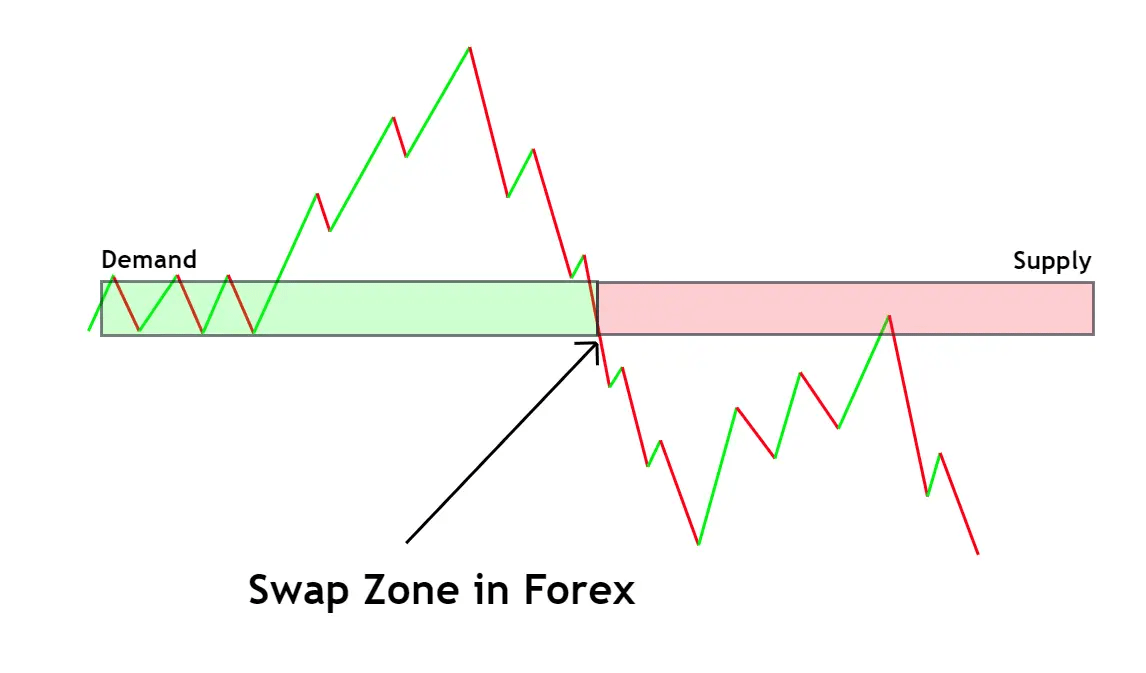What’s the Deal with Swaps in Forex Trading? An Essential Guide for Beginner Traders
If you’ve recently embarked on your forex trading journey, you’ve likely come across the term “swap” or “forex swap” in your research. Don’t worry if the concept seems bewildering at first – you’re not alone! In this article, we will unravel the mystery surrounding swaps in forex trading and shed light on how they work, their significance, and how they can impact your trading activities. So, let’s dive into the world of forex swaps and demystify this essential trading component.
Understanding the Basics
To put it simply, a swap in forex refers to the overnight interest rate differential between two currencies involved in a currency pair. When you engage in forex trading, you are essentially borrowing one currency to buy another. Each currency has its own interest rate set by its respective central bank, which can vary widely. The forex swap represents the difference in these interest rates.
How Swaps Work
Imagine you’re a forex trader in New York, and you decide to hold a position overnight on a currency pair with a higher interest rate currency (let’s say the British pound) against a lower interest rate currency (let’s say the US dollar). In this scenario, you would earn interest on the British pound while paying interest on the US dollar. The swap is calculated based on the size of your position and the prevailing interest rates.
Rollover and Tom-Next
The swap is commonly known as “rollover” or “tom-next” in the forex market. Rollover occurs at the end of each trading day, precisely at 5 p.m. Eastern Standard Time (EST). At this point, any open positions are automatically rolled over to the next trading day. During the rollover, the swap is credited or debited to your trading account, depending on the interest rate differential between the currencies involved.

Factors Influencing Swaps
Several factors can influence the size and direction of swaps in forex trading. Firstly, the interest rate differentials set by central banks play a crucial role. Secondly, economic indicators, such as inflation rates, monetary policy decisions, and geopolitical events, can impact interest rates and subsequently affect swaps. Lastly, market demand and liquidity conditions can also influence swap rates.
Long and Short Swaps
It’s important to note that swaps can be either positive or negative, depending on whether you are buying or selling the currency with the higher interest rate. If you are long on a currency pair with a higher interest rate, you will earn a positive swap. Conversely, if you are short on that currency pair, you will incur a negative swap.
Managing Swap Costs
As a trader, understanding and managing swap costs is crucial for maximizing your profits and minimizing expenses. If you have a long-term trading strategy and plan to hold positions overnight, it’s essential to consider swap rates when choosing currency pairs to trade. You can find swap rates provided by your broker or on various financial websites. By selecting currency pairs with favorable swap rates aligned with your trading strategy, you can potentially enhance your overall profitability.
Conclusion
In the world of forex trading, swaps play a vital role in determining the cost of holding positions overnight. They reflect the interest rate differentials between currencies and can significantly impact your trading results. By grasping the concept of swaps and considering their implications when formulating your trading strategies, you will be better equipped to navigate the intricacies of the forex market. Remember to keep an eye on economic events, interest rate differentials, and swap rates to make informed trading decisions. Happy trading!

